Projects for the adaptable city (19)
April 08, 2013

Europan 12 proposes to explore the question of time with a view to making the city more adaptable. One of the sites proposed by the organization is Helsinki (Finland).
If you are working on a project for this site, have a look at the following projects:
Zac Seguin housing. Diener&Diener, MCBAD, Paillard
The Rive de Billancourt sector is located on the trapezium which was once occupied by the Renault car factory; this will be a lively part of the city with a mix of all urban uses. This variety appears not only in the blocks but also in the buildings: some contain housing in the plinth for facilities. 30% of the housing is public development, which favours social diversity; half of the land has been reserved as free public space (gardens and roads); each building has been designed to meet strict requirements regarding energy consumption (the energy coming from renewable sources is between 65% and 75% of total use); and a novel system of water management employing a triple network of drainage for waste water, rainwater draining off the roads and rainwater draining off the roofs which is recycled to be used for irrigation. The 37.5 hectare area of the trapezium has been divided into ‘macrolots’: large blocks allocated to different town planners commissioned to distribute the buildings around a green core open to the public. Each block contains offices, retail units, housing, facilities and a garden. This aims to take mixed use and social diversity to the smallest planning scale. We have selected four housing projects located in blocks A2 and A3, coordinated by the architects Diener & Diener and the town planner Patrick Chavannes respectively.



See more pages from the projects published in Density is Home
4 towers Osdorp. Wiel Arets. Amsterdam. Netherlands
The operation finalises the edge of the redevelopment plan for the south-west quadrant of Osdorp.It involves the plot which connects the plan up with the canal network of West Amsterdam. Four blocks perpendicular to one of these canals have been constructed over a common underground car park. The car park is camouflaged in the new landscape and is ventilated through gaps spread evenly over the green roof. This area is public, forming part of the park circulations and extending the landscape up to the entrance lobbies. Each block belongs to a different developer, although they all have the same architect and the same deadlines.

See more pages from the project published in Density is Home
Vivazz. ZigZag. Mieres. Spain
The project is based on modelling the maximum building envelope -a traditional closed seven-storey block- set out in the strict building regulations. The proposal breaks with convention and distributes the dwelling units on a new volume of variable height (between three and seven storeys). This way various voids and cut-outs are created allowing views of the mountains and the scenery while letting light and fresh air in. On the other side, the block opens onto the street at two corners, connecting the interior space, which they have tried to give a rural ambience, to life in the city. Opposite the forgotten rear space, here a secluded square is the hub of residents’ social relations.

See more pages from the project published in Density is Home
More information about Europan 12, here.


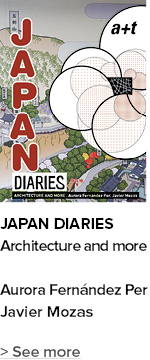




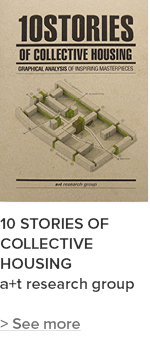

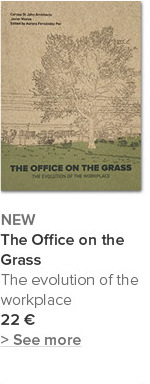

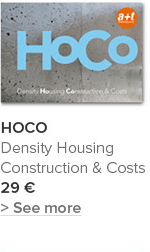

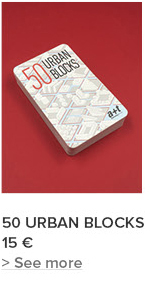
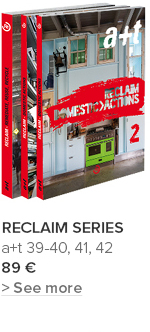

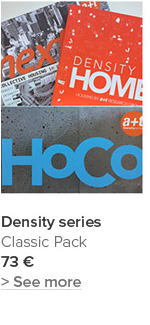























 I've read and agree to
I've read and agree to 


